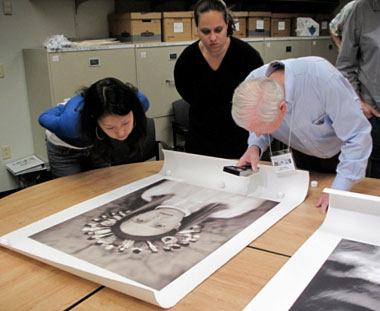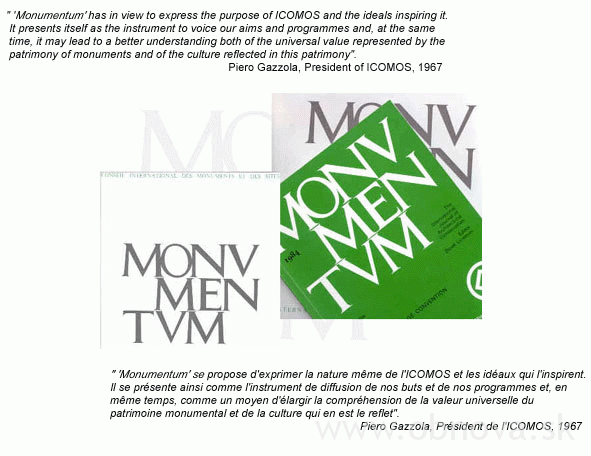Confused about Kitsch

The articles published on this page were originally intended for print in some of the major Norwegian newspapers. Since Mr. Nerdrum, and myself, started the revival of the debate on Kitsch, nationally and internationally, there have been several articles that have (intentionally) overlooked our views.These articles all try to confine Kitsch to be an aspect of contemporary Art. I have tried to refute these arguments, but Norwegian newspapers have not been willing to print other views. This is why I publish them here.
I have written a short introduction to each article, as I do not expect foreigners to understand Norwegian reality. For those who would like to get a fuller introduction to the concepts of Art and Kitsch, I will first refer you to the excerpts from the book On Kitsch (available at amazon.com) and the essay „Why Art is Perverted“.
Confused about Kitsch
(Posted on 02.05.2004, 12:00 CET)
This article was prompted by a critique of an exhibition at Artists` House in Oslo in August 2002, where the Art critic of the newspaper Aftenposten used the Kitsch term in his slaughter. Our book ?On Kitsch? had come out in 2000, so he was very well aware of our ideas. His article is part of a general trend with Art critics: They write about pop artists or ?camp? artists (artists whose foremost vehicle is ridicule) ? or just out-of-fashion Art – and ignore that men like Puccini and Rodin were called ?Kitsch? long before ? because of their passionate expression, not due to any kind of irony.
?The new? is the hardest imperative of Art. Most artists know that, as does the educated part of the Art audience. But, alas, the poor exhibitors in the Artists` House have not understood how merciless this demand is ? and therefore they were slaughtered on the altar of Originality and Progress in Aftenposten last Sunday. Art critic Gard Olav Frigstad knows that the Zeitgeist (what ?one? does in Art at present) means more than the individual expression (as Hegel taught). He also knows that Art under no circumstances must be passionate (as taught by Immanuel Kant).
Kitsch has become a dustbin for all the things Art forbids, a convenient scapegoat used to get rid of what it cannot allow itself: that which is not modern, and that which is too passionate. Being a result of this mentality, Frigstad`s critique is aroused partly by the exhibitors who are too heartfelt in their sentimentality, and partly by those whose style blatantly is out of? style. Frigstad knows the Art rules by heart, and sees that the exhibition fails as Art ? or, more correctly ? it is not Art enough. But to say that it is Kitsch is yet another intentional misunderstanding from Norwegian Art critics. Let me explain. When thinkers like the kantian Clement Greenberg started cleaning Art of the presence of nature, especially painting became more and more ?Art?. Greenberg participated in naming what Immanuel Kant disliked ? the appealing figurative painting, which he meant was some sort of a ?vampyre? on the past.
So when we talk of Kitsch, we are talking about serious violations of the Art rules, not the degenerated Chagall epigones or opportunistic text art currently exhibited at the Artists` House. But Frigstad steps wrong as he bases himself solely on one aspect of Ktisch (its negligance of Originality). Consider music. Theodor W. Adorno accused Sibelius of being ?Kitsch?, and Roger Scruton calls Mahlers 5. symphony ?Kitsch triumphant?. That is: `too much` grand feelings too well made. Frigstad thus forgets two important
aspects of classical Kitsch critique: You have to have talent and a certain amout of skill in order to successfully produce it, and the result has to be gripping. What is interesting about the postmodern version of Kitsch applied by Frigstad, is a phenomenon Odd Nerdrum pointed out in the Kitschdebate at Chateau Neuf in March this year: Art can never be bad. Art can never be bad because it does not focus on pragmatic judgment of quality as it instead values what is ?happening? right now. The pictures of the kind we saw in Artists` House are not Kitsch ? unfortunately they were not well enough made. But in Art, that type of kneeling, melancholic figures become intolerable because they remind us of ourselves and our sentiment. Because of all this, the Art-percentage is insufficient to let their work pass the ?educated taste? ? but that makes it bad (that is: ?less?) Art ? it does not automatically turn it into Kitsch.
Jan-Ove Tuv,
Kitschpainter.
Zdroj: www.obnova.sk


